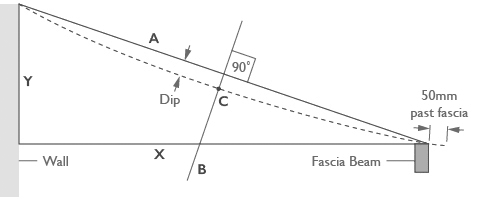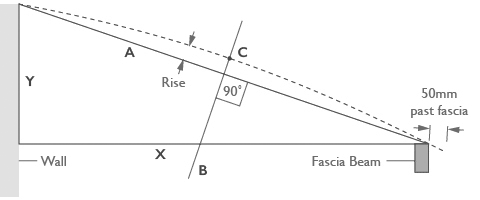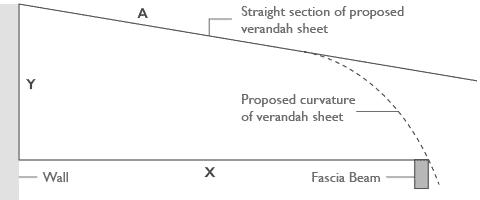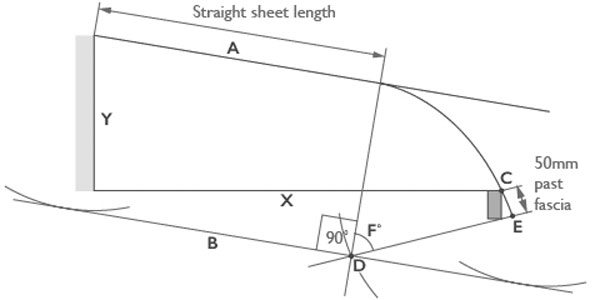
A traditional sheeting with modern applications, curving quality adds an attractive feature to any building whilst preserving strong, clean lines.
Corrugated Curving sheets can be pre-curved by Queensland Sheet Metal into a variety of forms to produce concave or convex curves, bullnose roofing, or barrel vaulting, in either concave or convex arrangements.
Types of Curving
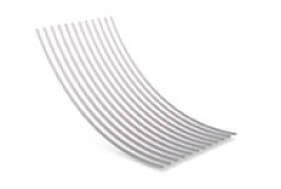
Concave
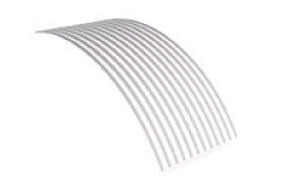
Convex

Bullnose
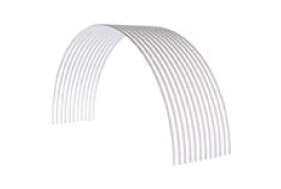
Barrel Vault
Available Colours
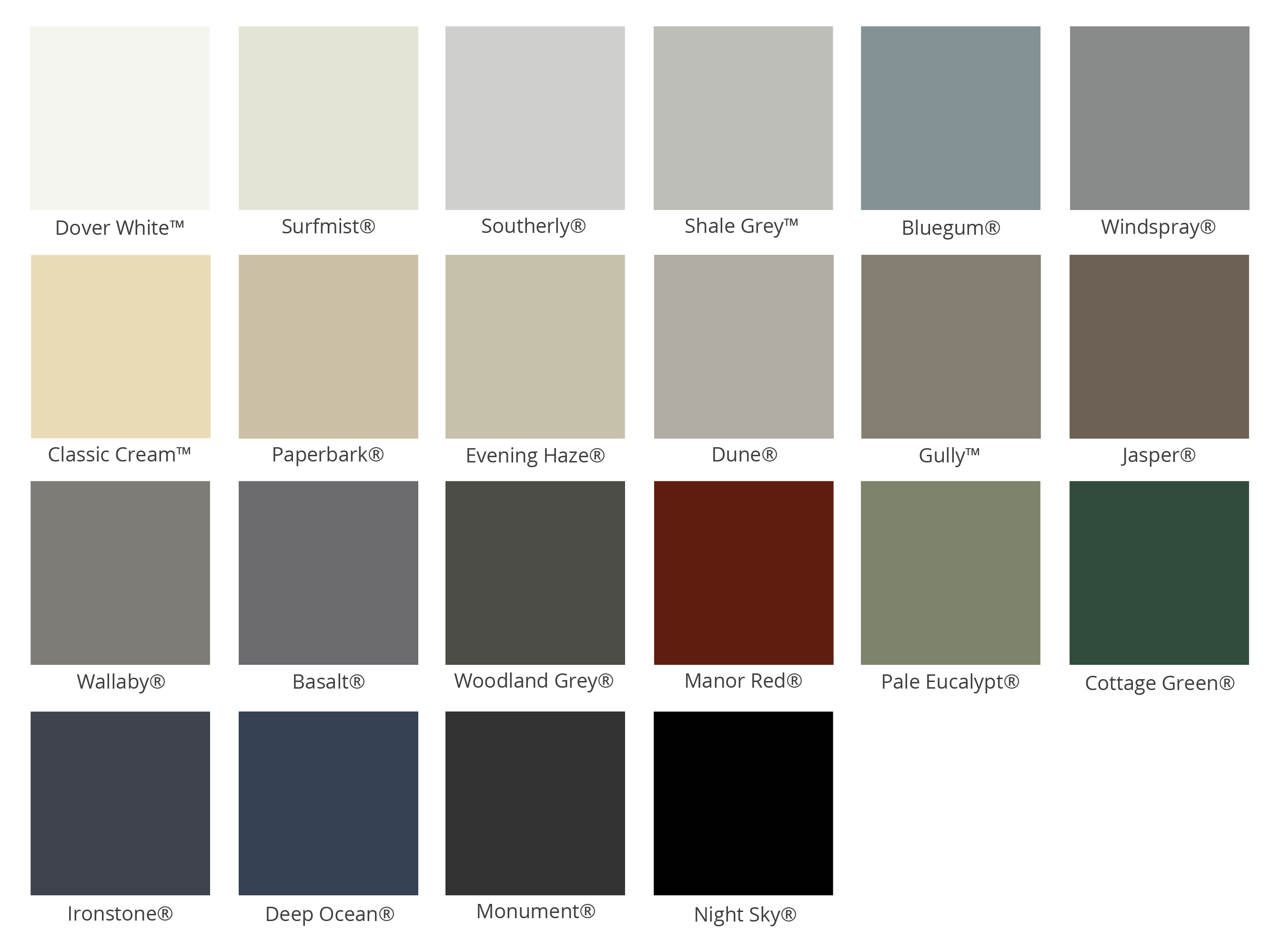
The Colorbond® steel colour swatches above have been reproduced to represent actual product colours as accurately as possible. However, we recommend checking your chosen colour against an actual sample of the product before purchasing, as varying light conditions, different screens and limitations of the printing process may affect colour tones.
Order Information
Note: Curving of corrugated will produce a minimum straight section at the end of the curve of at least 60mm. Queensland Sheet Metal takes no responsibility for deformation that may occur from smaller radii. Please contact Queensland Sheet Metal for further curving specifications.
Supply of profile template: Template must be provided at time of ordering. No responsibility will be accepted for sheets curved from drawings.
Ordering Information Required
a – Distance from fascia front to wall
b – Distance from fascia height to wall attachment
c – Required dip for concave or rise for convex
d – Pitch angle from wall
r – Radius require
Additional Information Required
• Number of sheets required
• Sheet lengths required
• Type of curve
• If 50mm gutter overhang is required
• Direction of laying
• Type of material
• If colour, is it required to topside or underside
Concave Forming
Recommended minimum radius 450mm. Maximum sheet length 6,000mm.
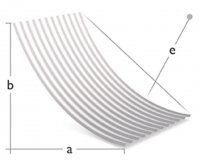
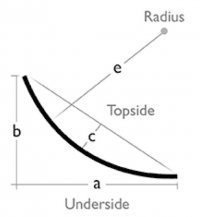
Convex Forming
Recommended minimum radius 450mm. Maximum sheet length 6,000mm.
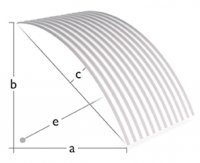
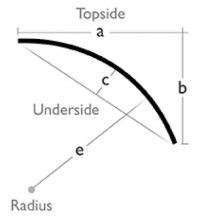
Bullnose Forming
Recommended minimum radius 450mm. Maximum sheet length 6,000mm.
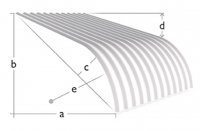
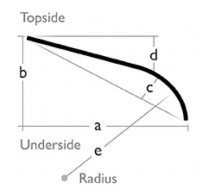
Barrel Vaulting
Recommended minimum radius 450mm. Maximum sheet length 10,000mm.
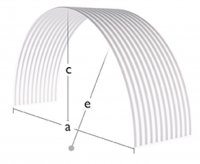
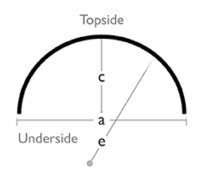
Fastener Selection
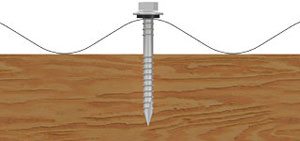
12 x 50 Type 17 or 13 x 50 Zip
To be used for fixing curving quality into timber
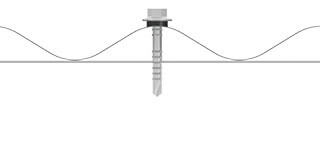
13 x 50 Zip or 12 x 35 SDS
To be used for fixing curving quality into metal
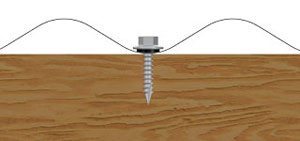
12 x 25 T17
To be used for fixing curving quality walling into timber
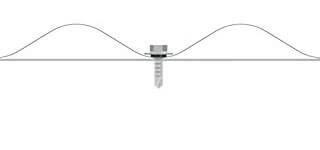
10 x 16 SDS
To be used for fixing curving quality walling into metal

